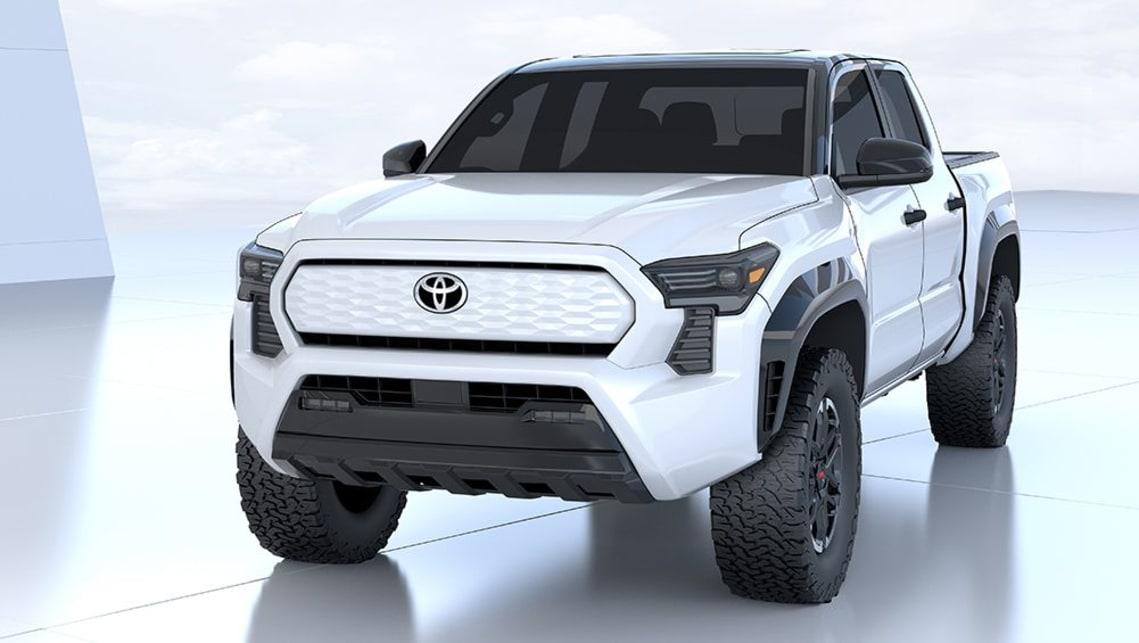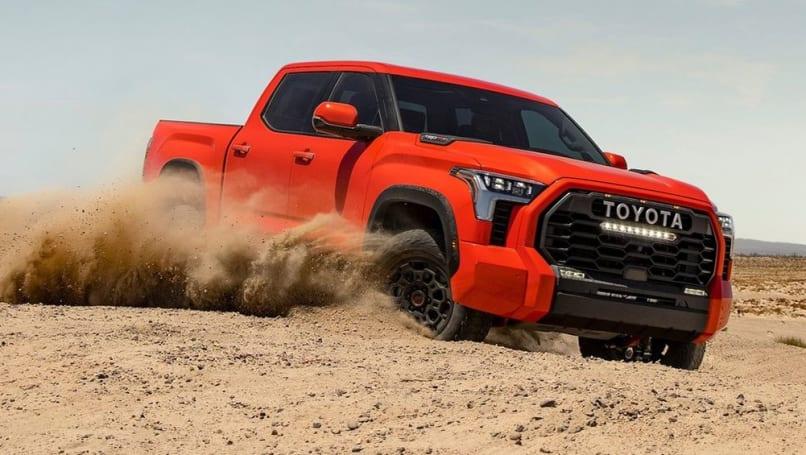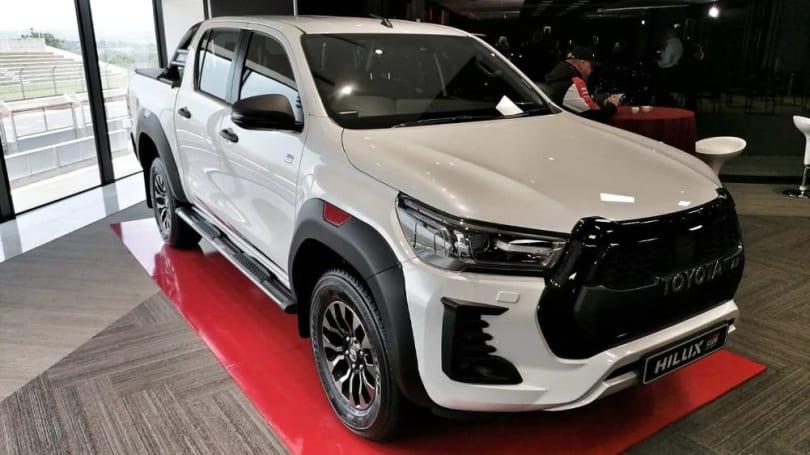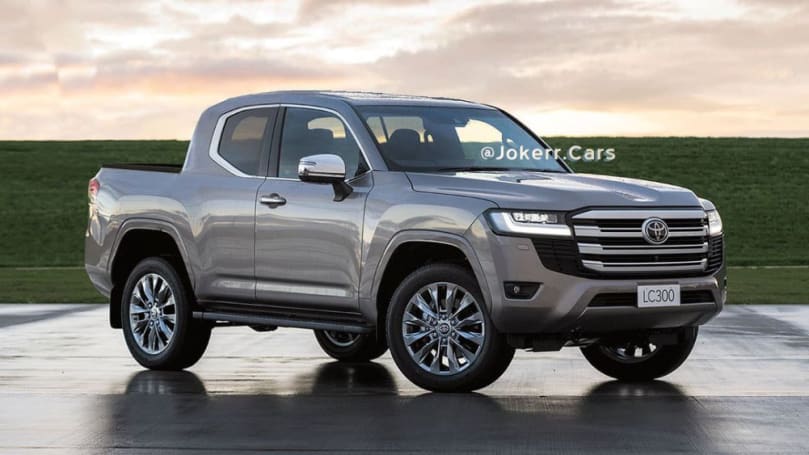
What does Toyota electric car mean for Australia?

Toyota showed off the Pickup EV concept in December and is expected to enter production soon.
Electric vehicles are now all the rage in the automotive industry. Everyone from Ford and General Motors to Tesla and Rivian are planning a battery-powered lugger.
But one name was clearly missing: Toyota. Until at least December 14, 2021, because that's when the Japanese giant unveiled a whopping 17 all-electric concept vehicles, including a double cab that looked suspiciously like a slightly larger version of the Tacoma.
Given that its main competitors in the pickup market have already introduced electric models, it makes sense that Toyota would follow suit. Here's what we know about Toyota's plans to go electric and what it could mean for Australian buyers.
Electrification is coming

Toyota has long committed to offering an electrified powertrain for all of its models, including the HiLux ute, and launched the i-Force Max hybrid-powered Tundra in the US.
However, since Toyota unveiled over a dozen electric concepts on the same day last year, there were few details for many, including the car, so there aren't many hard facts, but the concept provides many clues.
The most important of these is that Toyota's global chief Akio Toyoda said that all the concepts were designed to point to a future production model and that they would hit showrooms in "a few years" rather than being long-term visionary models.
This means it's reasonable to expect Toyota's electric car to arrive by the middle of the decade. This would be the perfect time for the brand, as the Ford F-150 Lightning and Rivian R1T are already on sale, while the GMC Hummer, Chevrolet Silverado EV and Ram 1500 should be on the road by 2024.
Tundra, Tacoma, Hilux or something else?

One of the biggest questions about the new electric car is how it will fit into Toyota's vehicle lineup, which includes the HiLux and the Tacoma and Tundra destined for the US.
The Tacoma competes with Toyota for vehicles such as the Chevrolet Colorado, Ford Ranger and Jeep Gladiator, while the Tundra competes with the F-150, Silverado and 1500.
Based on images from Toyota's Japanese presentation, the electric pickup concept looks somewhere between the Tacoma and Tundra in size. It has a double cab body and a relatively short sump so it feels more like a lifestyle than a workhorse like the Tundra.
Styling-wise, however, it does have some obvious Tacoma cues, especially around the grille, which may indicate it is considered part of the extended range for that model.
It also bears some clear similarities to the Tacoma TRD Pro version in terms of the lower front bumper and bulging wheel arches, suggesting that Toyota could play on the performance aspect of an electric car.
Australian odds

The biggest question for most readers is will this electric Toyota ute be offered in Australia?
It's obviously too early to know for sure, but there are some indications that it could very well be possible to go down.
The most important clue comes from reports that Toyota is looking to unify its SUV lineup on a common platform. The so-called TNGA-F platform is a ladder frame chassis already used in the LandCruiser 300 Series and Tundra, but Toyota is believed to want to expand it to Tacomca, 4Runner, HiLux and Fortuner.
That means an electric car will almost certainly be built on the same foundations, as Toyota will need a ladder-frame chassis to make its new car strong enough to meet customer expectations, even if it's more about performance or lifestyle.
The move to the TNGA-F platform also means there's more chance of an electric car being available in right-hand drive; how he will be able to do it for HiLux and Fortuner. Though, if history has proven anything, it's that car companies often don't consider right-hand drive markets as much as Australians hope.

